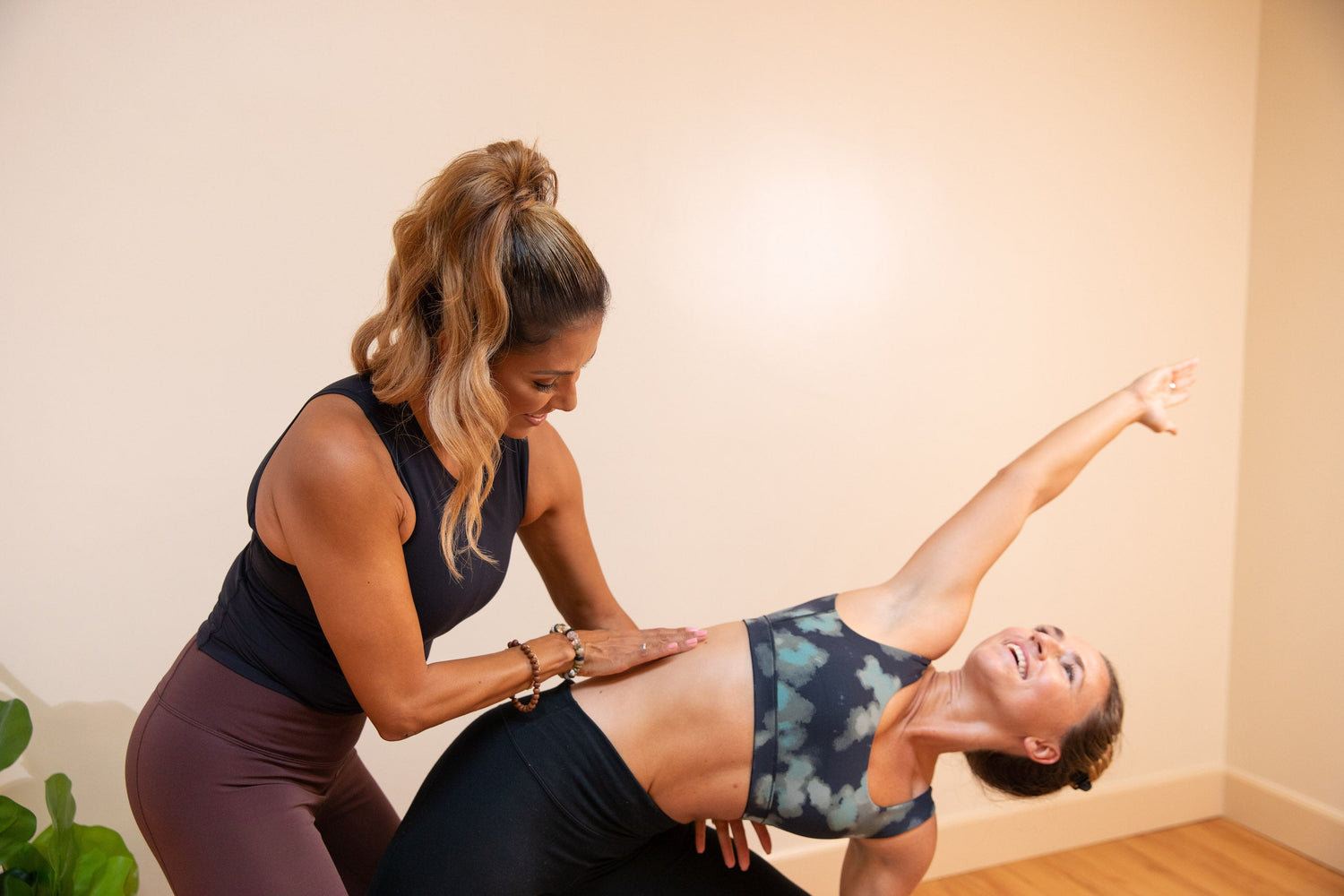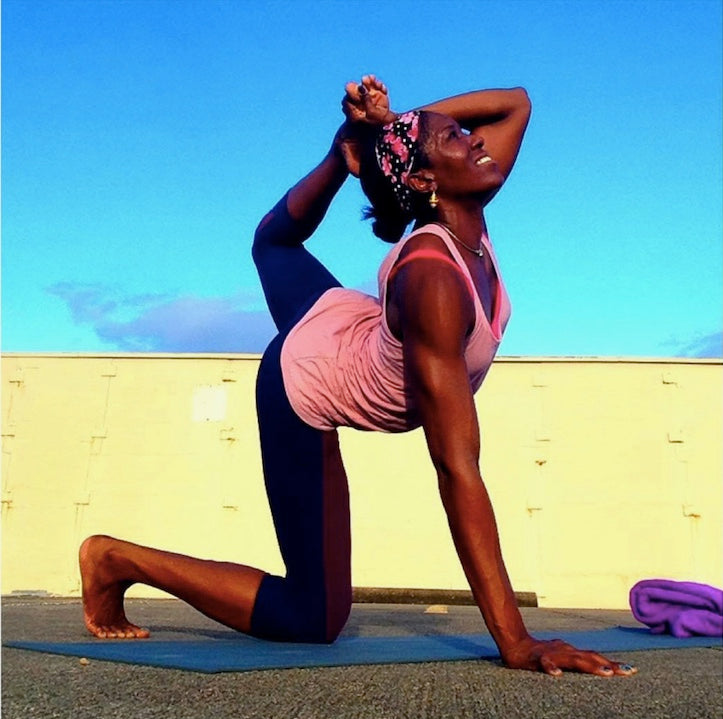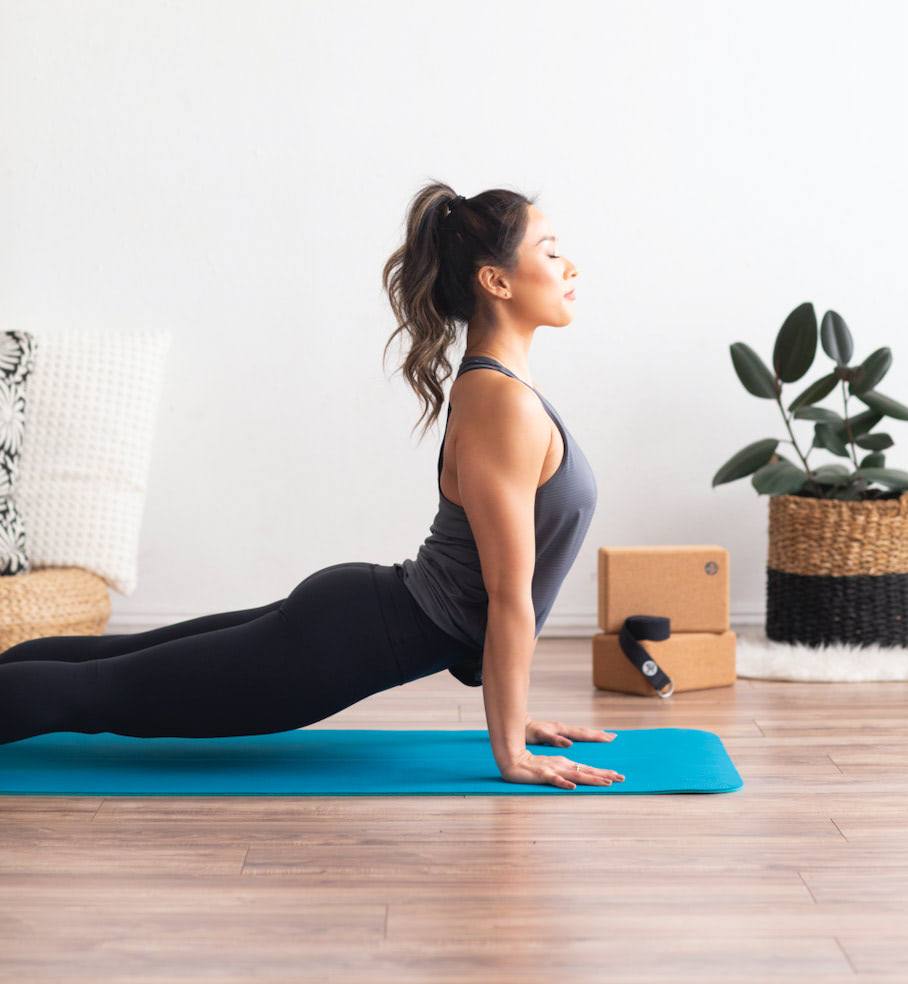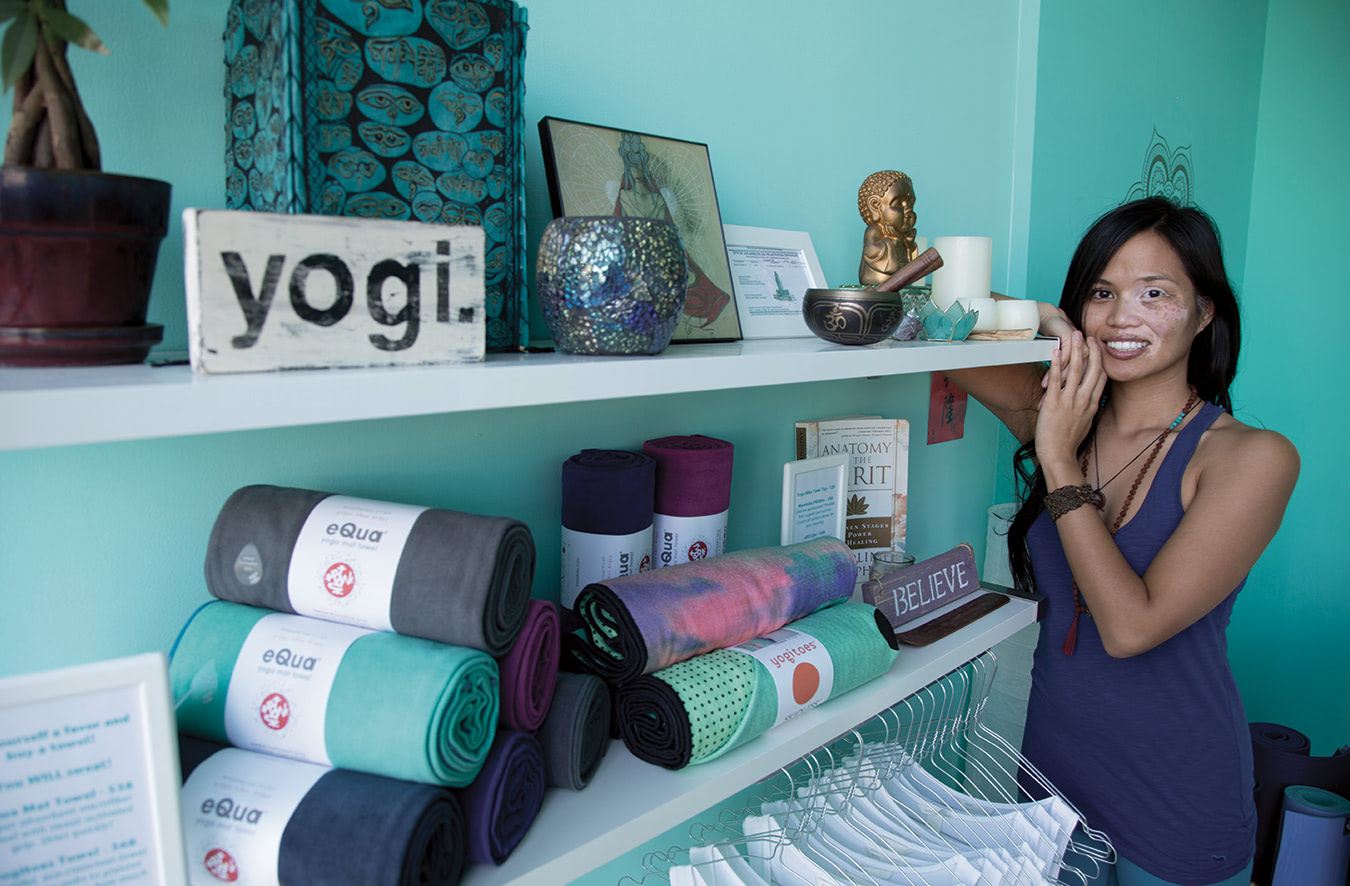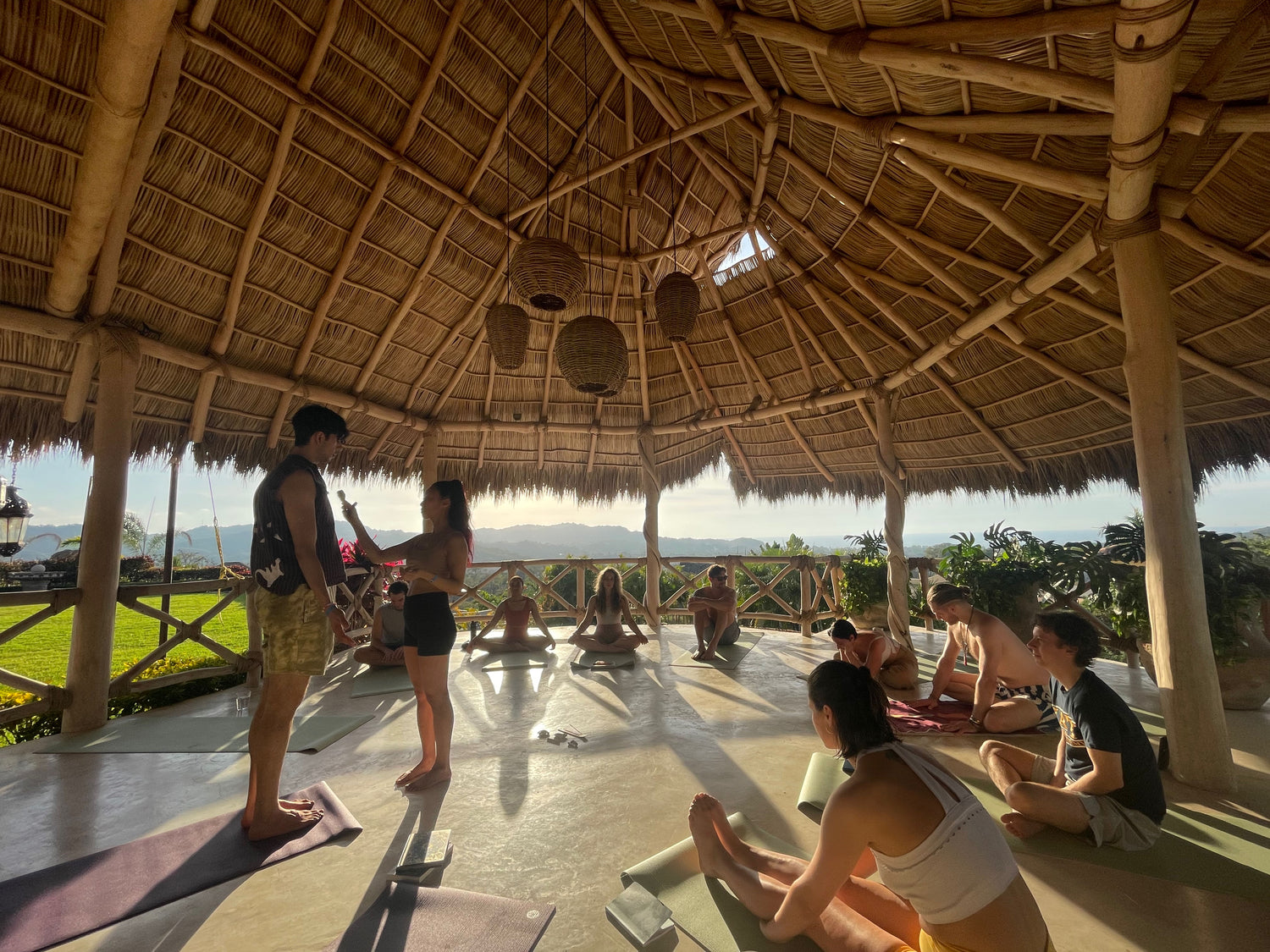In this changing world, there are more and more Yogis from all walks of life, that are feeling the call to teach. Whether you are feeling the soul call to elevate the consciousness of the planet, or you would like to help your friends and neighbors feel good in their bodies, now more than ever, there is a need for the healing arts.
Yoga is an ancient tradition that began thousands of years ago in India, and in 2021 there are a lot of different factors to consider when thinking about teaching. While there are many considerations when choosing to embark on the path of yoga and the healing arts, these 4 questions can get you started with a clear plan:
- What style of yoga are you called to teach?
- Is there a teacher training that works for your schedule and your budget?
- Can you teach yoga in addition to your day job while you establish yourself as a teacher?
- Would you like to teach in person or online classes?
A good place to begin your journey as a teacher is to identify what style of yoga you would like to teach. Each style has many nuances. For example, Vinyasa yoga is known for its fluid sequences and transitions, while styles like Iyengar and Yin, are known for maintaining postures for a longer duration of time and using a lot of props to create a particular shape. If you are not sure which style you would like to teach, consider enrolling in a Hatha Yoga teaching program. Hatha yoga is the “grandmother” or umbrella for all styles and it can benefit you in teaching any and all forms of yoga as you learn about the history of the practice, the benefits of pranayama and meditation, and the yamas and niyamas (do’s and don’ts) of yoga.
Once you have identified the form of yoga that you would like to study, you can then enroll in a 200-hour teacher training from an accredited studio or university. In 2021, many trainings have moved online and finding one that can accommodate your schedule has become a bit easier. University programs like the one offered at LMU are held on weekends so that you can maintain your day job and still pursue your dream of becoming a yoga teacher. If you have a studio in your area or online that feels like a second home to you, look into their teacher training programs first, and see if this also feels like a place that you might want to teach someday. Some teachers enjoy teaching in the same space that they practice, while others enjoy learning from a particular teacher or a particular style that might only be offered elsewhere.
After you have completed your training, it will take some time to feel confident in teaching as well as to establish yourself in the community as someone who offers classes. It will be important for you to purchase insurance as a yoga professional to protect yourself and your students.
Aligning with yoga companies that offer discounts to students can help reduce these costs. Companies like Yoga Alliance can help you to get teaching insurance at a reduced cost. Additionally, yoga equipment companies like Manduka, offer discounts for teachers on yoga gear and apparel, both of which you will need as a teacher. Keeping your day job until you are established as a teacher is a smart plan, especially in today’s ever changing job market. Not everyone wants to become a full time yoga teacher, but for those that do, having a long term transition plan is a smart move.
Lastly, consider if you would like to teach in person or online classes. Some people crave a teacher’s gentle adjustments in child’s pose, while others have underlying health conditions that necessitate an online experience for safety. In addition to the student’s needs, take the time to identify which type of teaching feels right for you. If you and your students prefer online classes, it is a good idea to check out different platforms for teaching and see if any of them might be a good fit for you. Social platforms like youTube, Facebook, and Instagram can provide you with an audience that enjoys free content and can help you to get your name out there. These same services can act as promotion for private Zoom or Vimeo classes that you can charge a fee for. Another option would be to align yourself with a yoga studio and teach through their platform. If an in-person studio feels like the right fit, chat with their team before choosing a yoga teacher training as some studios prefer that you complete their training to teach in their space.
Each one of us has a calling in this life and our vocation helps bring our lives a sense of purpose. If you are feeling the call to teach yoga, there is a reason. Something in you has awakened to the power of the practice and asking yourself a few questions and formulating a plan of action can help bring your dreams to fruition.
Written by: Desi Bartlett

